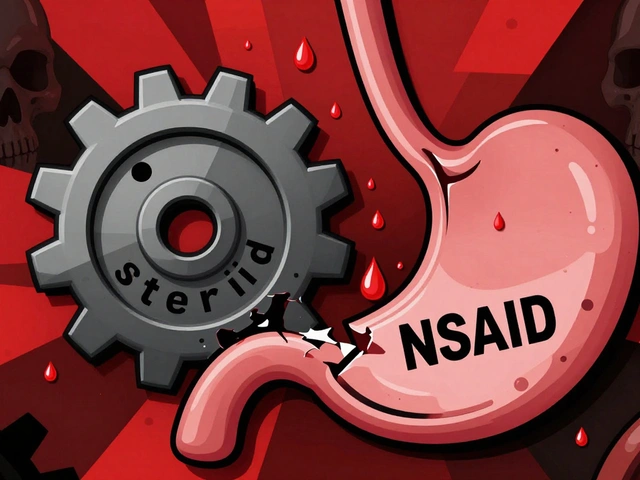Cefuroxime: What It Is, How It Works, and What You Need to Know
When you’re dealing with a stubborn infection, your doctor might reach for cefuroxime, a second-generation cephalosporin antibiotic used to treat bacterial infections like pneumonia, sinusitis, and urinary tract infections. Also known as Ceftin, it’s one of the more commonly prescribed antibiotics that strikes a balance between effectiveness and safety. Unlike broad-spectrum drugs that hit everything, cefuroxime targets specific bacteria — especially those that cause respiratory and skin infections — without wiping out as many good gut bugs. That’s why it’s often chosen over stronger antibiotics unless the infection is severe or resistant.
It’s part of the cephalosporin family, which includes drugs like cephalexin and cefdinir. These antibiotics work by breaking down the bacterial cell wall, making it impossible for the bug to survive. But not all infections respond to it. If you’ve had a bad reaction to penicillin, your doctor will check carefully before prescribing cefuroxime — cross-reactivity is real, and about 1 in 10 people with penicillin allergies react to cephalosporins too. It’s also not the first choice for viral infections like colds or flu, even though some patients still ask for it. Misuse leads to resistance, and that’s a growing global problem.
Side effects? They’re usually mild — nausea, diarrhea, or a rash. But if you get severe diarrhea with blood or mucus, stop taking it and call your doctor. That could be C. diff, a dangerous infection that can follow antibiotic use. Some people report headaches or dizziness. And yes, antibiotic side effects can sometimes hit your mental state — a few studies link certain antibiotics to brain fog or mood shifts, though it’s rare with cefuroxime. Still, if you feel off after starting it, don’t ignore it.
It comes as a pill, liquid, or injection, depending on how serious the infection is. Most people take it twice a day, with or without food — though food helps if your stomach gets upset. You need to finish the full course, even if you feel better. Stopping early lets the toughest bacteria survive and come back stronger. And if you’re on birth control, know that antibiotics can make it less effective — use a backup method while taking it and for a week after.
What you’ll find below isn’t just a list of articles. It’s a practical guide to how cefuroxime fits into the bigger picture of antibiotics, infections, and side effects. You’ll see how it compares to other drugs like amoxicillin or minocycline, what to watch for when swelling or mental changes show up after taking it, and how genetics or gut health might play a role in how your body responds. These aren’t theoretical discussions — they’re real cases, real risks, and real choices people face every day.

How Cefuroxime Can Help Treat Biofilm-Related Infections
Cefuroxime can help treat some biofilm-related infections, especially when used in combination with other therapies. It's not a cure-all, but it's a useful tool for specific bacterial strains and infection sites like sinuses and urinary tracts.
read more




